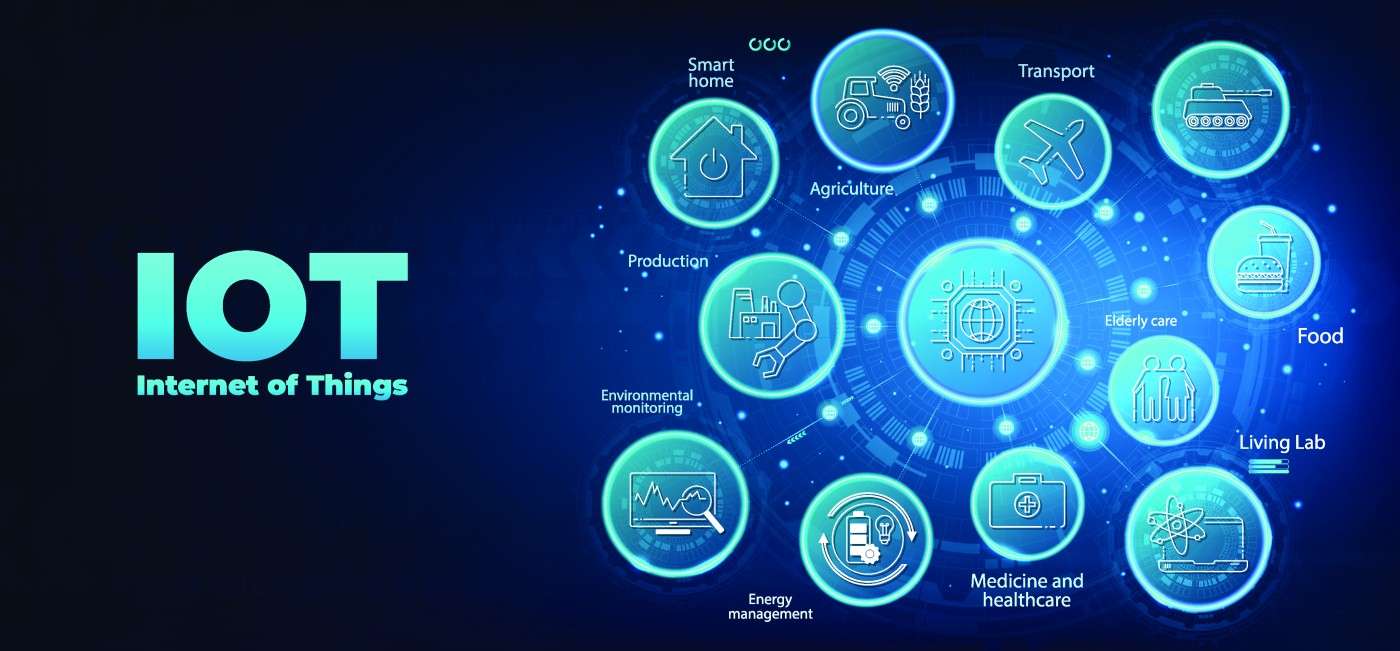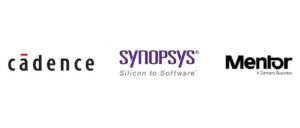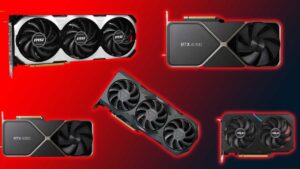Introduction:
The Internet of Things (IoT) stands at the forefront of technological evolution, transcending mere buzzword status to become an integral aspect of modern life. As we journey through this digital era, Top 10 Application of IoT in 2024, applications are redefining industries, optimizing efficiency, and ushering in unprecedented connectivity.
In this comprehensive guide, we delve into the essence of IoT, explore its multifaceted benefits, and unveil the top applications poised to dominate in 2024.
Join TechoVedas Community here
What is IoT?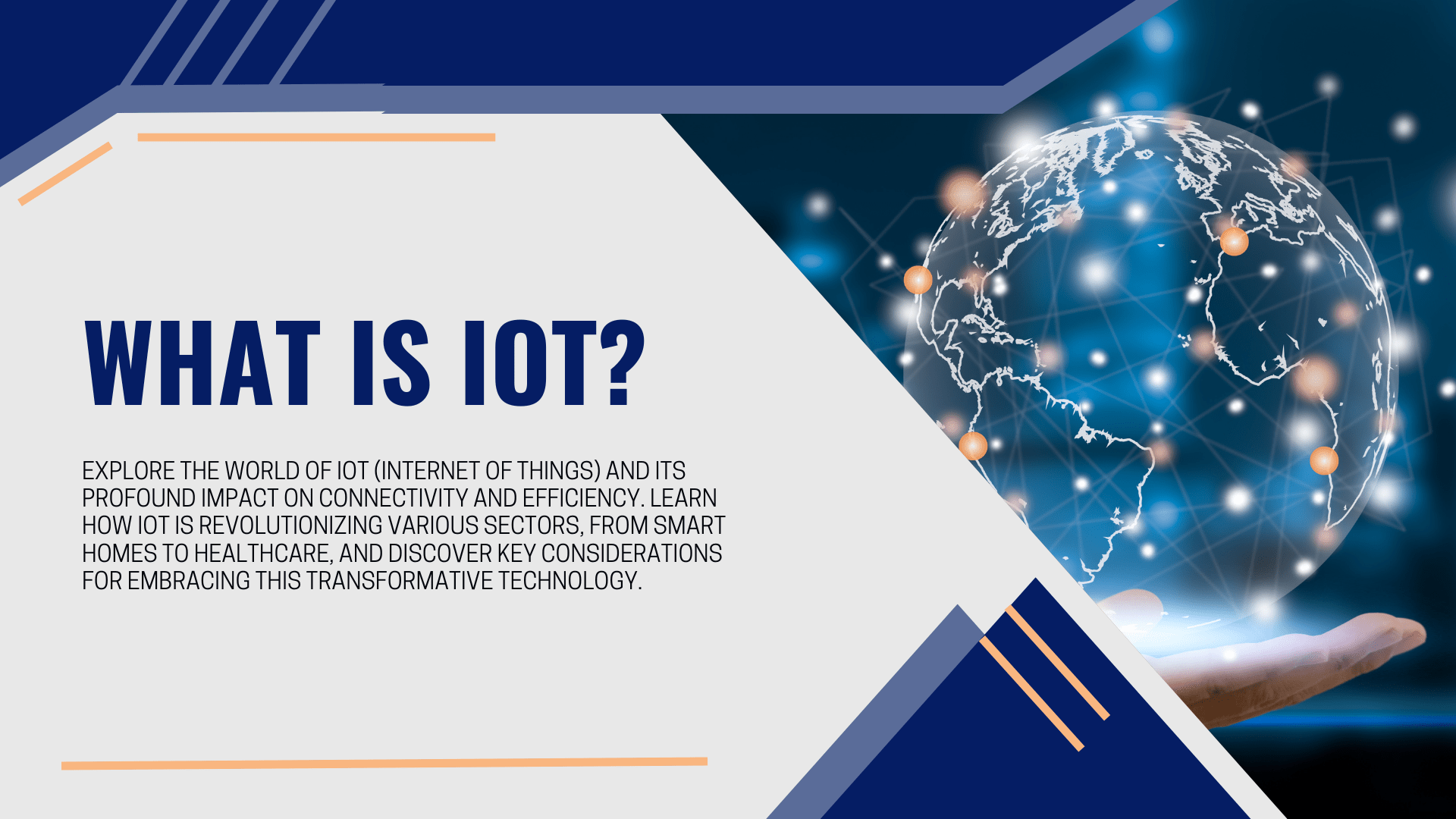
At its core, IoT is a transformative system that interconnects embedded devices, fostering seamless data exchange over the internet. Additionally,from wearables to smart cities, IoT extends internet connectivity to diverse devices, turning the physical world into an integrated, data-driven ecosystem where devices communicate and collaborate.
Benefits of IoT:
IoT brings forth a myriad of advantages, revolutionizing how businesses operate and individuals live. Moreover,it enables smarter working and living, automates tasks, improves service delivery, enhances efficiency, and fosters innovation across various sectors. The ability of IoT to streamline processes and provide real-time insights has positioned it as a catalyst for progress.
Read More:10 Ways Machine Learning Transform Semiconductor Manufacturing – techovedas
Top Applications of IoT in 2024:
Smart Home:
In the realm of residential spaces, the concept of a “Smart Home” is gaining prominence. IoT applications are revolutionizing homes with practicality and efficiency. Examples include smart thermostats that learn user preferences, adaptive lighting systems that respond to environmental changes, and security systems with real-time monitoring through connected cameras, ensuring a seamless and secure living experience.
Real-life Example: Smart thermostats like Nest Learning Thermostat adapt to user preferences, optimizing energy usage and creating a comfortable living environment. The integration of smart locks allows homeowners to remotely control access, enhancing security.
Read More: Explained: What The Hell Is Internet of Things (IoT)? – techovedas
Wearables:
Wearable technology, a hallmark of IoT applications, has evolved to include energy-efficient, data-collecting devices. Additionally,From fitness bands measuring heart rates and calories to smartwatches providing real-time alerts, wearables have expanded to incorporate advanced features such as blood pressure monitoring and electrocardiogram (ECG) readings, enhancing health tracking and overall user experience.
Real-life Example: Apple Watch incorporates ECG functionality, enabling users to monitor heart health. This real-time health tracking goes beyond fitness, providing critical health data for proactive medical intervention.
Read More: 10 Ways Wearable Technology Transforms the Healthcare – techovedas
Smart Cities:
The concept of smart cities is transforming urban living through optimized traffic systems and enhanced services.Additionally, Smart cities leverage IoT for applications such as smart surveillance for public safety, automated transportation for efficient mobility, and energy management for sustainability. Waste management systems and environmental monitoring contribute to creating cleaner and more sustainable urban environments.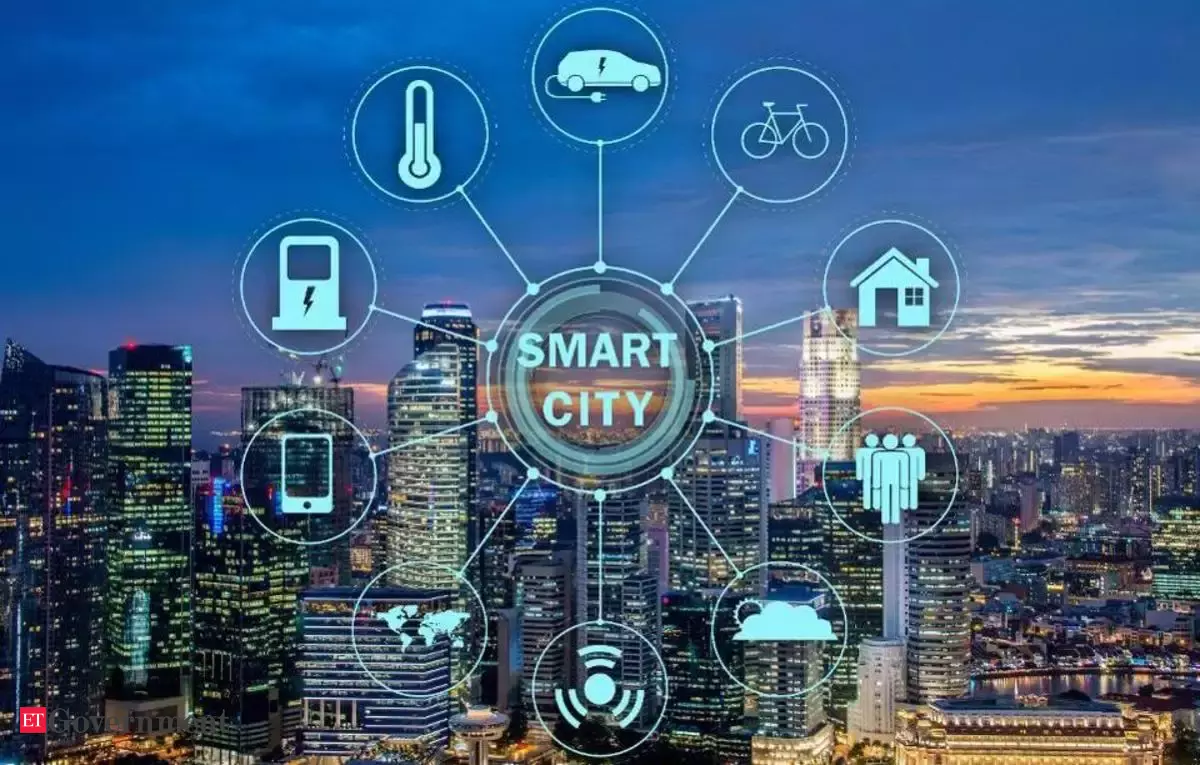
Real-life Example: Barcelona’s smart city initiatives include IoT-enabled waste bins that signal when they are full, optimizing waste collection routes and contributing to a cleaner urban environment.
Smart Grid:
The implementation of smart grids is significantly impacting energy management with IoT technologies. Additionally, equipped with sensors and IoT functionality, smart electricity meters facilitate real-time monitoring, preventing outages, and optimizing energy flow for improved efficiency. The integration of renewable energy sources into the grid is also a key focus, contributing to a more sustainable energy ecosystem.
Real-life Example: In Texas, IoT-powered smart grids detect energy consumption patterns, facilitating dynamic energy pricing and encouraging users to shift consumption to non-peak hours for cost savings.
Industrial IoT (IIoT):
Industrial Internet, or Industrial IoT (IIoT), is revolutionizing industries with automation, machine learning, and cost-effective solutions.Additionally, Applications span from factory digitalization for enhanced productivity to supply chain management for streamlined logistics. Predictive maintenance, where IoT sensors detect potential issues in machinery before they occur, is becoming a standard practice in industrial settings.
Real-life Example: Predictive maintenance in manufacturing plants, enabled by IIoT, reduces downtime. For instance, sensors on machinery detect anomalies, allowing proactive repairs and preventing costly breakdowns.
Connected Cars:
The automotive industry is rapidly transforming with connected cars offering enhanced safety and connectivity. Furthermore,features include real-time alerts for drivers, advanced in-car entertainment, and autonomous driving capabilities, making driving safer and more enjoyable. The integration of IoT in connected cars extends beyond safety, contributing to traffic management through vehicle-to-vehicle (V2V) communication.
Real-life Example: Predictive maintenance in manufacturing plants, enabled by IIoT, reduces downtime. For instance, sensors on machinery detect anomalies, allowing proactive repairs and preventing costly breakdowns.
Healthcare Sector:
IoT is positively influencing patient care with continuous monitoring and automated alerts. Wearables, IoT devices, and smart beds equipped with sensors enhance healthcare delivery by providing real-time health information and facilitating easy access to patient history. Additionally,the use of IoT in healthcare extends to remote patient monitoring, telemedicine, and even IoT-enabled medical devices such as insulin pumps and pacemakers.
Real-life Example: Continuous glucose monitoring systems for diabetic patients, such as Abbott’s FreeStyle Libre, leverage IoT to provide real-time glucose readings, enhancing diabetes management.
Smart Retail:
Retail experiences are elevated with IoT applications, offering quick and efficient in-store checkout. Additionally, RFID technology reads product tags, enabling seamless transactions, and beacon systems enhance customer engagement by providing personalized offers based on location. Advanced inventory management systems using IoT contribute to reducing stockouts and optimizing supply chains for retailers .
.
Real-life Example: Amazon Go stores utilize IoT-enabled checkout systems, allowing customers to grab items and leave without traditional checkout. RFID technology tracks items, automating the billing process.
Smart Supply Chain:
IoT systems provide transparency and efficiency through tracking systems. Real-time status updates, detailed supply network views, and feedback mechanisms improve logistics and ensure timely deliveries. Blockchain integration in supply chain IoT is gaining traction, enhancing security and traceability in the movement of goods.
Real-life Example: Walmart employs IoT in its supply chain to track the temperature and humidity of perishable goods during transit. This ensures the quality and safety of products, reducing wastage.
Agriculture/Farming:
Empowering farmers with data-driven decisions for improved productivity. Additionally, Soil condition monitoring, weather data analysis, and smart farming technologies enhance crop yield by providing insights into irrigation planning, optimal planting times, and disease prevention. Drones equipped with IoT sensors contribute to precision agriculture, enabling farmers to monitor large fields more effectively.
Real-life Example: John Deere’s precision agriculture solutions use IoT sensors on tractors and drones for soil analysis. Farmers receive data-driven insights, optimizing crop yield through precise planting and irrigation.
Conclusion:
As we navigate the Application of IoT-driven landscape of 2024, the potential for interconnected devices to transform our lives is unparalleled. From smart homes to connected cars and beyond, IoT is shaping a future where seamless connectivity and data-driven insights redefine our relationship with technology. Embrace the IoT revolution – the future has already begun!

